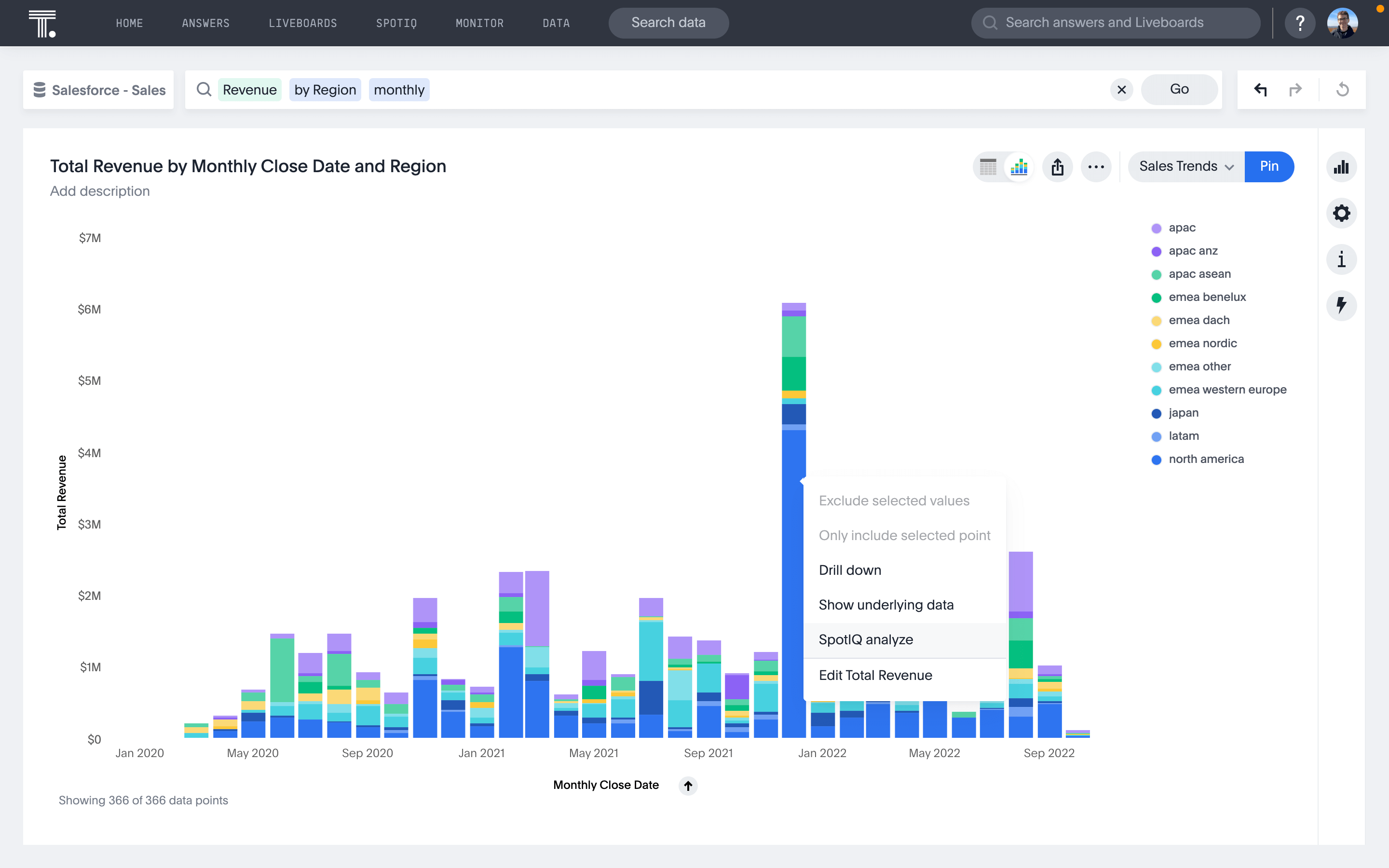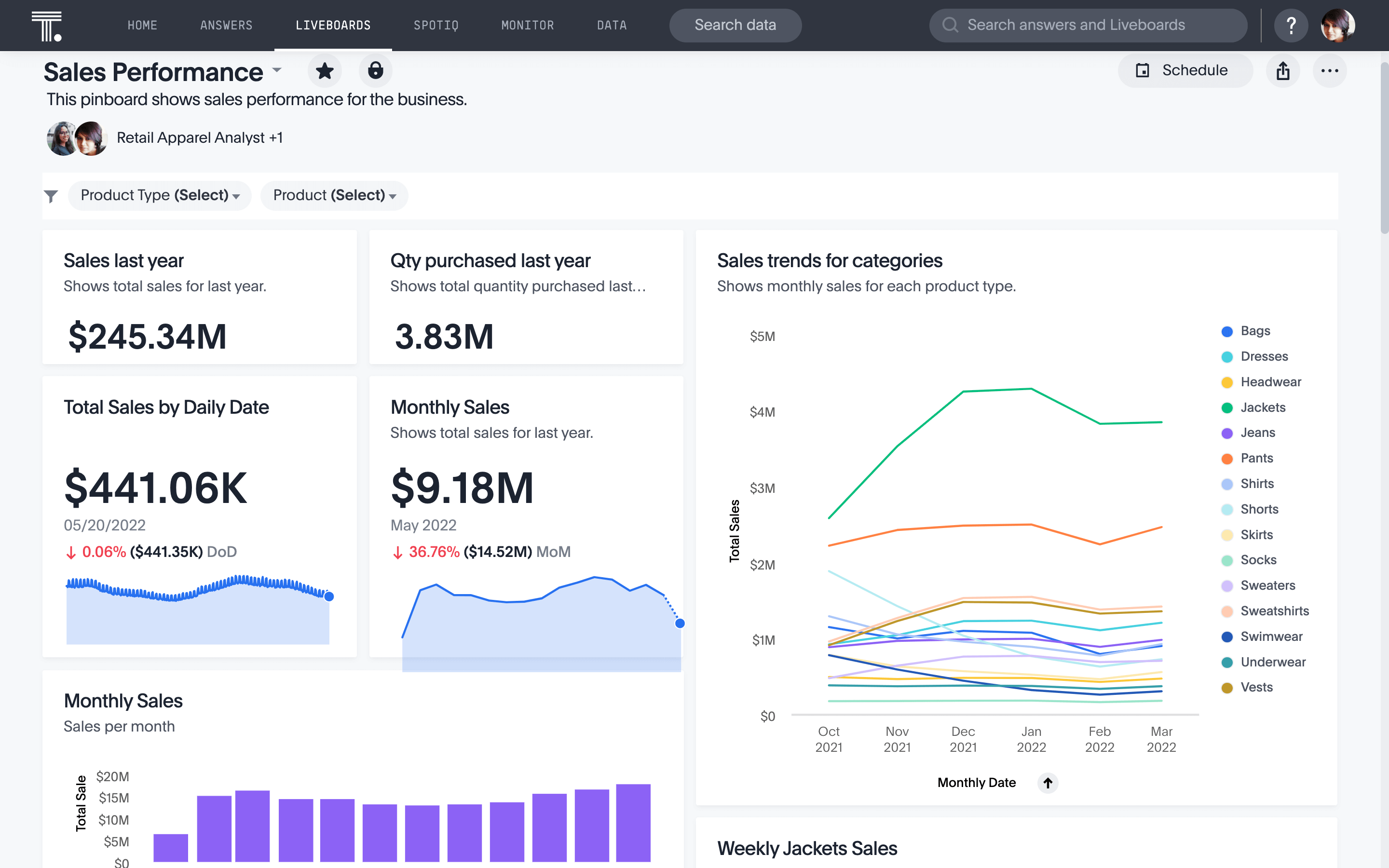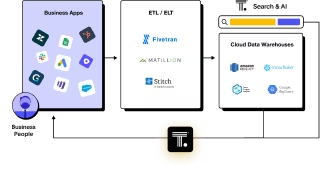As the world enters the decade of data, the sheer amount of information being created can be overwhelming. The rise of cloud technologies and the modern data stack however, offers organizations real solutions to turn all this data into actionable insights that lead to value.
In this article, we will discuss about a particular cloud technology, known as data warehouses, including what it is, its key features, benefits, how cloud data warehouse automation works, and the difference between cloud and on-premise data warehouses.
What is a cloud data warehouse?
A cloud data warehouse is a modern way of storing and managing large amounts of data in a public cloud. It lets you quickly access and use your data. This makes it the perfect solution for businesses that rely on data and require agility, flexibility, and ease of use for their infrastructure requirements.
Key features of a cloud data warehouse
There are many cloud data warehouses on the market today, each with its own set of features. However, there are some key features that are common to most cloud data warehouses. Here are six of the most important:
Separation of storage and compute
Cloud data warehouses store your data in one place and then allow you to access it anywhere. This is a great advantage for businesses that need to store and manage large amounts of data and require agility and flexibility simultaneously.
Data integration and management
The top cloud data warehouses offer extensive data integration capabilities, making it easy to connect to a variety of data sources. They also provide robust tools for managing data, including the ability to create and manage datasets, set permissions, and run queries.
Data storage
Cloud data warehouses offer scalable storage options, so you can store as much data as you need. They also offer features like compression and deduplication to help save space and improve performance.
Data warehouse database performance
Cloud data warehouses are designed for high performance, with features like columnar storage and in-memory caching. They also offer features like parallel query processing to help improve performance even further.
Data warehouse database management
Cloud data warehouses offer extensive tools for managing your data warehouse, including the ability to create and manage databases, set permissions, and run queries. They also offer features like automatic backups and disaster recovery to help keep your data safe.
Security and compliance
Cloud data warehouses offer robust security features, including the ability to encrypt data at rest and in transit. They also offer tools for managing access control and auditing, so you can ensure that only authorized users have access to your data.
Top cloud data warehouse benefits
As data volumes continue to grow at an unprecedented rate, organizations are turning to the cloud to help them manage this data more effectively.
There are many benefits of using a cloud data warehouse, including the following:
Increased flexibility and scalability
The ease of scalability is one big advantage to using a cloud data warehouse over an on-premises solution. As your business grows, you can easily increase or decrease the volume without having any downtime for maintenance tasks like installing more hardware in server rooms across town from where all this happens!
Reduced costs
The best way to save money in the cloud is by not investing in expensive hardware upfront needed for a traditional on-premise data warehouse . You can also pay for only the storage and computing you use rather than overprovisioning during peak usage periods, and many cloud data warehouses offer a pay-as-you-go pricing model so that companies are charged based only upon what they use.
Enhanced security
When you need to store and process large amounts of sensitive data, a SOC 2 compliant cloud warehouse is your best option. The features that keep things secure include encrypted storage for any information at rest or in motion as well as role-based access controls with auditing tools so there's no one allowing an unauthorized person to get their hands on anything important.
Improved performance
In the cloud, you can analyze your information in a fast and efficient way. Thanks to columnar storage, memory computing, and parallel processing, these features allow for much quicker real-time analysis than before, making it possible that we may get more value from our database.
Increased collaboration
A cloud data warehouse can make it easier for team members to collaborate on data projects.That’s because most cloud data warehouses offer a web-based interface that makes it easy to access, query, and visualize data. This can help you get insights faster and make better decisions about your business.
How does cloud data warehouse automation work?
The cloud data warehouse automation process is designed to make it easier for businesses to manage their data warehouses. The process automates the creation and maintenance of data warehouses, as well as the provisioning of resources and access to data. This allows businesses to focus on their core operations, rather than on managing their data warehouses.
The cloud data warehouse automation process has the following steps:
1. Collect data from various sources: The first step in the process is to collect data from various sources. This data can be collected manually or through automated means.
2. Load data into the warehouse: The third step is to load the data into the warehouse. This can be done manually or through automated means.
3. Clean and transform data: The next step is to clean and transform the data. This involves removing errors and inconsistencies from the data.
4. Query and analyze data: The fourth step is to query and analyze the data. This can be done using SQL or other tools. Ideally, this includes self-service analytics, so business users can engage with the data directly instead of relying exclusively on data professionals.

5. Create data content: The fifth step is to create data content. This can be Liveboards with multiple data visualizations, individual charts and graphs, or auto-generated reports. This step allows businesses to make decisions based on the data warehouse.

6. Sync insights: The sixth step is to ensure you have systems in place that let you sync these insights seamlessly between different applications and the cloud data warehouse.

The cloud data warehouse automation process is a great way for businesses to manage their data warehouses. The process automates the creation and maintenance of data warehouses, as well as the provisioning of resources and access to data. This allows businesses to focus on their core operations, rather than on managing their data warehouses.
Cloud data warehouses vs traditional on-premise data warehouses
Cloud data warehouses are becoming increasingly popular as organizations look to move away from traditional on-premise data warehouses. There are several key differences between a cloud data warehouse and a traditional on-premise data warehouse. These include the following:
Location
A cloud data warehouse is stored in the cloud, whereas a traditional on-premise data warehouse is stored on premises. This means that a cloud data warehouse is more accessible and can be scaled more easily than a traditional on-premise data warehouse.
Cost
A cloud data warehouse can be more cost-effective than a traditional on-premise data warehouse. This is because you only pay for what you use with a cloud data warehouse, whereas with a traditional on-premise data warehouse you need to purchase and maintain expensive hardware.
Flexibility
A cloud data warehouse offers more flexibility than a traditional on-premise data warehouse. This is because you can easily scale a cloud data warehouse up or down to meet your needs, whereas a traditional on-premise data warehouse is more difficult to scale.
Scalability
Scaling up is a lot easier in a cloud data warehouse when compared to a traditional on-premise data warehouse. This means that you can easily add more users or data to a cloud data warehouse without having to purchase additional hardware.
Security
Security in a cloud data warehouse is much more locked down than a traditional on-premise data warehouse. This is because the data is stored in the cloud and is therefore not as vulnerable to security breaches.
Maintenance
Maintenance in the cloud is much easier than a traditional on-premise data warehouse. This is because you do not need to worry about maintaining hardware or software, as this is all done by the provider.
Integration
Intgration is much easier in a cloud data warehouse than a traditional on-premise data warehouse. This is because the data is stored in the cloud and can be easily integrated with other applications.
Quickly analyze your cloud data live
A cloud data warehouse is a cost-effective and scalable solution for modern businesses. It provides the flexibility to query and analyze data from multiple sources, including big data lakes. Cloud data warehouses are also easier to set up and maintain than traditional on-premises data warehouses. With ThoughtSpot's self-service analytics, you can instantly access and analyze the data in your cloud data warehouse. Sign up for a free trial today to see how ThoughtSpot can help you leverage the power of the cloud to make better business decisions.









